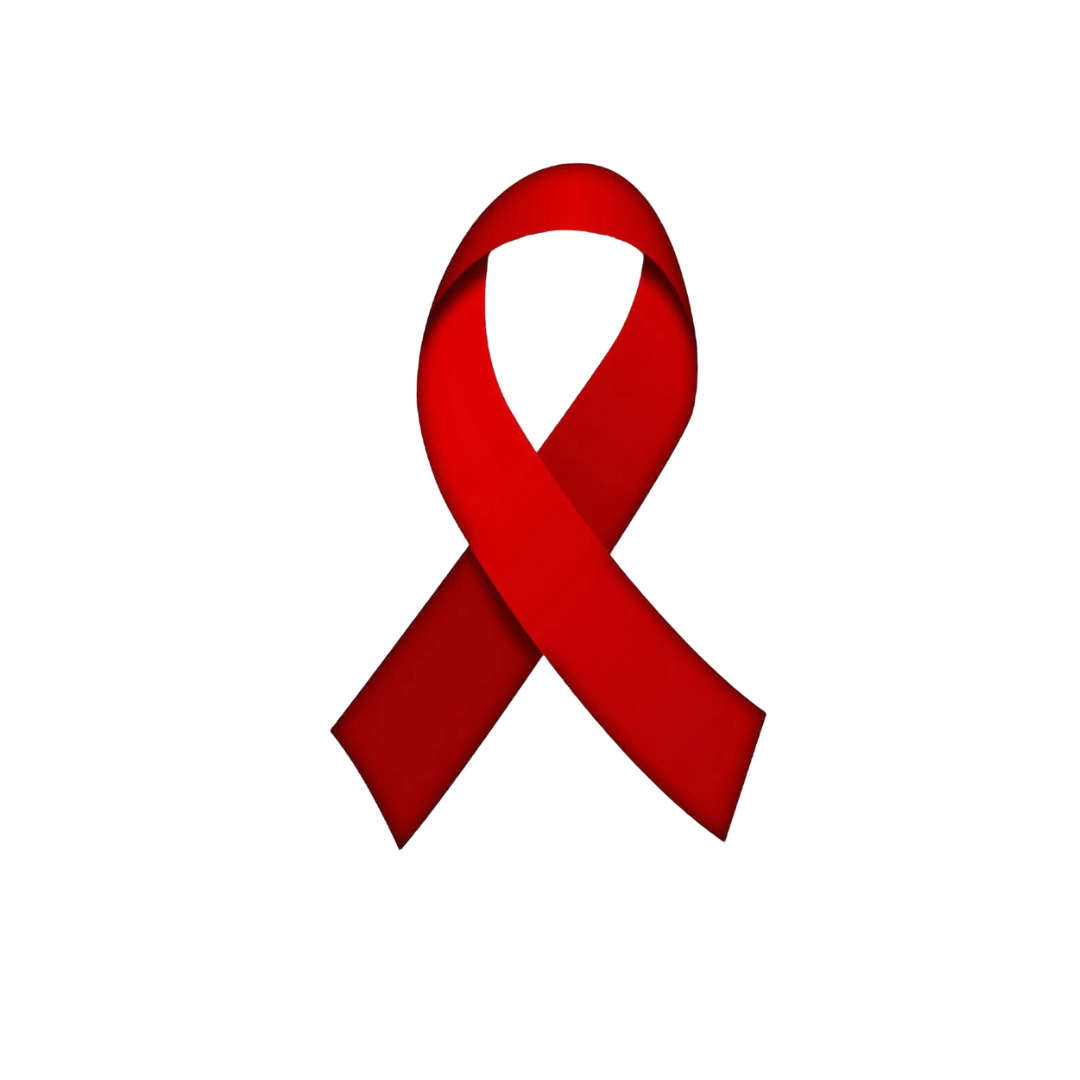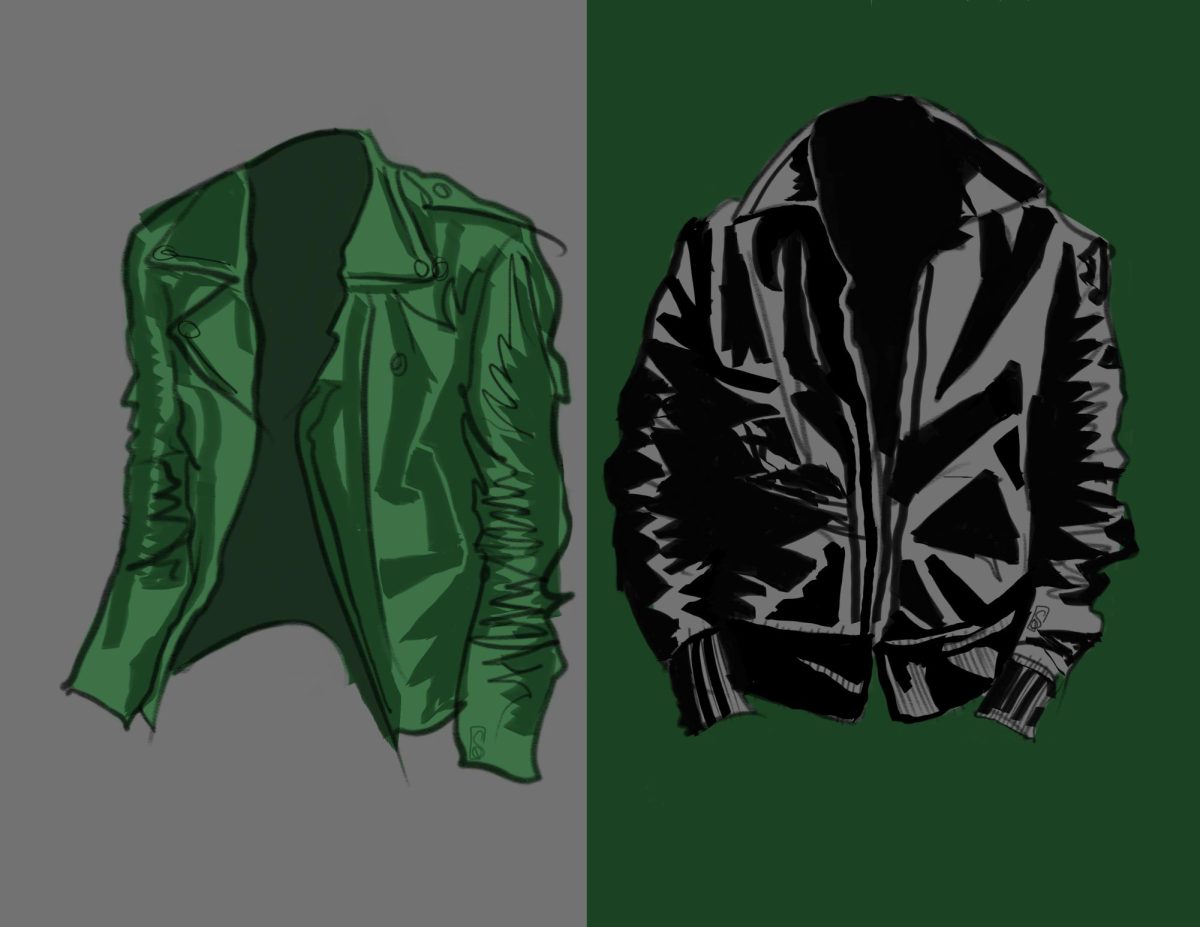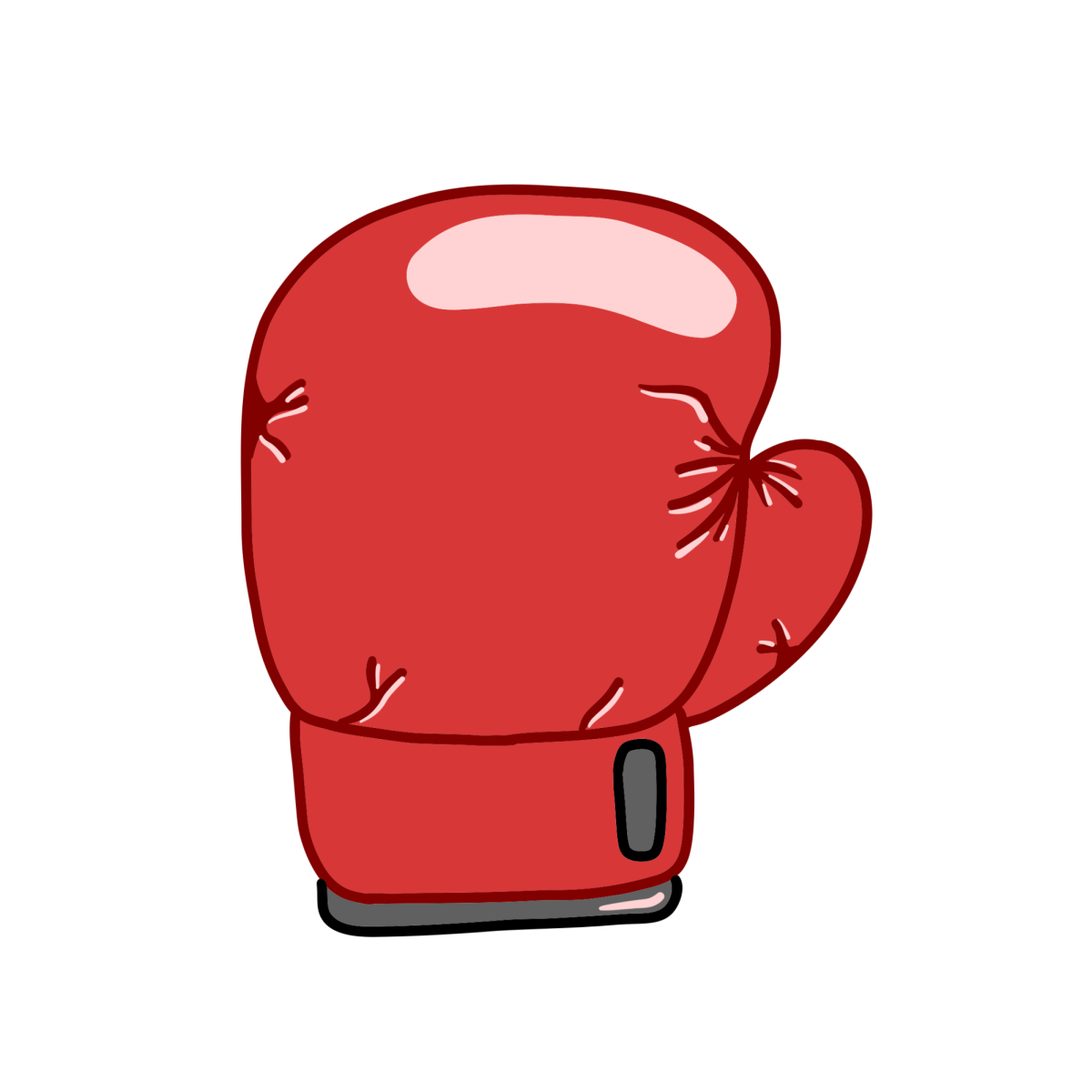In the 1980s, Drug Enforcement Administration Special Agent Enrique ‘Kiki’ Camarena had been investigating marijuana and cocaine drug traffickers for four years and became close to exposing the top leaders of a multi-billion dollar drug empire. On Feb. 7, 1985, he was kidnapped by five men and never seen by his family again. He was tortured and brutally murdered by drug traffickers; his badly beaten body was recovered almost a month after.
In honor of Camarena’s life, Red Ribbon Week started in 1985 in his hometown of Calexico, California. Communities would wear red ribbons as a symbol of their commitment to raising awareness of how drugs affect people, whether directly or indirectly. Red Ribbon Week soon gained momentum across California and the rest of the country. In 1988, the National Family Partnership sponsored the first national Red Ribbon celebration.
Red Ribbon Week is important to remember how dangerous drugs can be, even if it is not the drugs themselves that are doing the killing. The story of Camarena is important, and kids in school should be aware of the lurking dangers in the real world.
While Red Ribbon Week raises awareness of drugs, the celebration emphasizes that simply saying no to drugs will keep children away from them. This ideology lacks nuance and is often mocked by the general public. People can easily be pressured by their peers, and saying no gets even harder when a person is already addicted to a substance. It simply is not that easy.
Even with anti-drug campaigns like Red Ribbon Week and Drug Abuse Resistance Education, teens are overdosing now more than ever, likely because of the increasing availability of stronger substances.
Red Ribbon Week has its flaws, but it is necessary to remember Camarena, who lost his life because of the presence of drugs in his life. The celebration should not be completely eradicated, even if its methods are not necessarily effective in keeping kids away from that lifestyle. It makes it easier for parents to discuss drugs with kids, but there needs to be a different approach taken towards the war on drugs.
So how should drug awareness be handled? Well, a key aspect of modern prevention and treatment programs is empowering youth to make their own decisions around substance use in a developmentally appropriate way. Adolescents are exploring how they relate to drugs, learning how to weigh the consequences of their actions and preparing for adulthood, which involves making choices about their future. The Seven Challenges program uses supportive journaling exercises and counseling to help young people practice informed decision-making around substance use.







